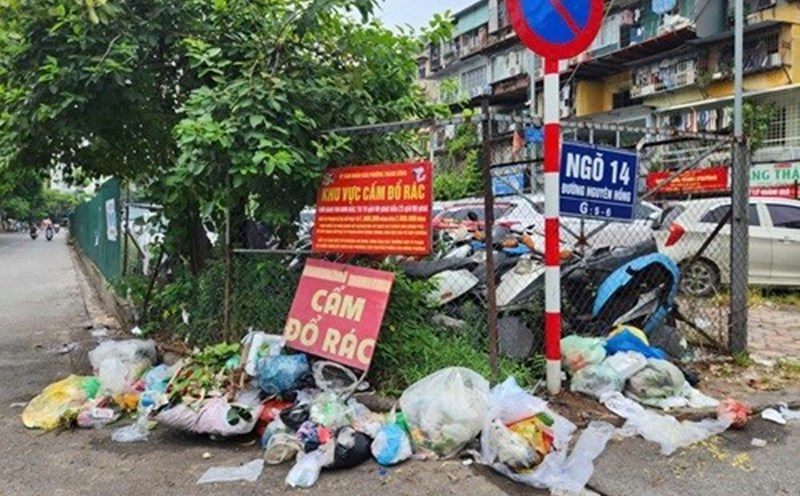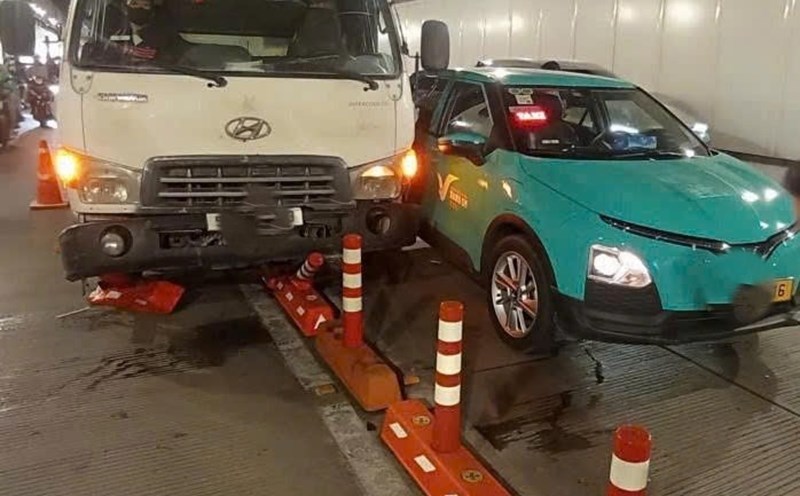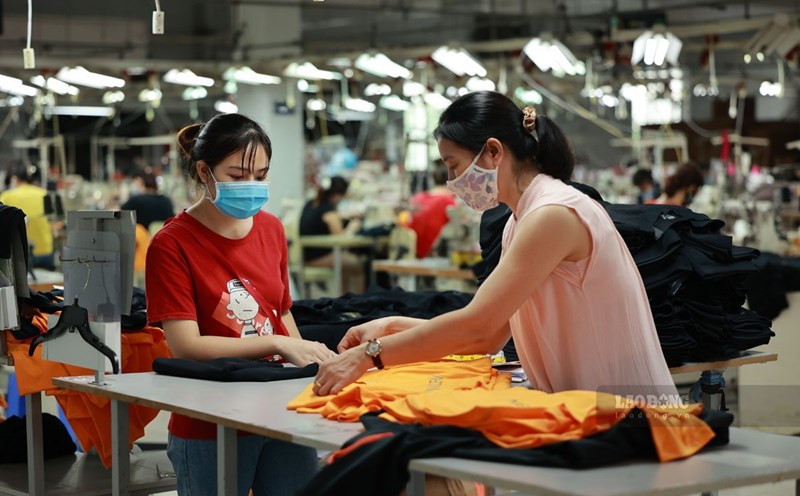Air pollution in large cities
Currently, the environmental pollution in some places is very serious. In particular, air pollution in large cities has become a hot issue, directly affecting public health, people's quality of life and sustainable socio-economic development.
Mr. Pham Hong Quan - Department of Environment, Ministry of Agriculture and Environment - said that air pollution in the North has a clear legal status, often concentrated and becomes more serious in winter and spring, from October of the previous year to April of the following year. This is the period when adverse meteorological factors such as temperature difference and wind disturbances appear frequently, creating a protective layer that makes it difficult for pollutants to diffuse, accumulates in the air mass close to the ground and causes prolonged pollution.
The main sources of emissions causing air pollution are transportation. With a huge number of personal motor vehicles, many used vehicles do not meet emission standards, in addition to emissions from exhaust pipes, road dust carried by vehicles and secondary dust preparations also contribute to increased urban air pollution.
The second source is industrial production. Thermal power plants, cement plants, steel processing plants and many other production facilities, especially in provinces neighboring Hanoi, have been identified as contributing significantly to the level of PM2.5 fine dust in the air.
The third is the construction and incineration activities. Dust from construction sites, demolition, and transportation of materials that do not cover in accordance with regulations is still common. Notably, the situation of burning straw after harvest or burning household waste spontaneously in the suburbs and rural areas is also an important source of emissions, requiring drastic measures to control.
In particular, in the last months of the year, when construction, production and trade accelerate, emissions increase simultaneously. Combined with unfavorable weather conditions, this situation has created serious pollution, deeply affecting people's health and lives" - Mr. Quan said.

Urgent solutions
Sharing about key task groups and solutions, Mr. Pham Hong Quan emphasized that the national action plan has identified key task groups and solutions to control and improve air quality.
First of all, it is necessary to improve institutions and policies, continue to review and amend legal regulations, especially the Decree on administrative sanctions in the direction of increasing heaviness to have enough deterrence. At the same time, build a roadmap for clean fuel supply nationwide and establish an inter-regional and inter-provincial coordination mechanism to handle inter-sectoral and cross-border air pollution issues.
For large emission sources, implement policies in sync with Directive 20/CT-TTg to limit motorbikes using fossil fuels in large cities such as Hanoi and Ho Chi Minh City.
Along with that, it will manage emissions from traffic and develop and apply a roadmap to limit personal vehicles entering and leaving the 1, 2, and 3 beltways of Hanoi in the period of 2026 - 2030. All construction works are also required to strictly comply with dust reduction measures.
"Another urgent task is to thoroughly control open burning activities. We must promote technological solutions to recycle and reuse agricultural by-products, turning waste into resources instead of discharging and burning them. At the same time, it is necessary to mobilize and propagate to reduce and eventually eliminate the habit of burning votive paper at spiritual and belief establishments" - Mr. Quan said.
In addition, the application of science and technology and enhancing management capacity are also focused on. The Government will establish and put into operation the "National Center for Warning, Forecasting and Control of Air Pollution". This center will apply modern technologies such as Artificial Intelligence (AI), Internet of Things (IoT), Big Data ... to analyze and accurately forecast the development of air quality, as a scientific basis for timely direction, operation and response.
On September 19, Lao Dong Newspaper organized the Workers' Forum for the Environment 2025. The forum was attended by managers, scientists and a large number of workers - those who directly work in collecting and treating domestic solid waste to work at the same table and propose solutions to help environmental protection and waste management work be synchronous and effective.
The forum is a voice accompanying each occupational hygiene worker, each locality to continue to promote the protection of the air and water environment, promote waste classification, turn waste into resources, build models for urban and rural waste management and treatment to meet the requirements in the new situation.











